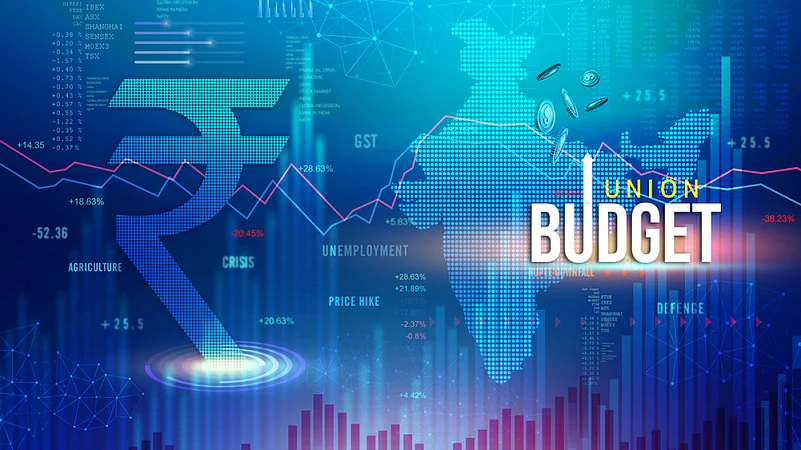By Vineet Agarwal
The logistics industry is the backbone of the country as it affects other sectors like trade, food and tourism among others. It was also one of the most affected during the pandemic-induced lockdowns; hence there were a lot of expectations from the Union Budget 2022. Needless to add, it has lived upto it and more. The impact of it was felt even in the stock market when shares of infrastructure companies surged minutes after Finance Minister Nirmala Sitharaman announced that the government will focus on making connectivity seamless with the PM Gati Shakti plan. It also validated my belief that this plan is not only timely, but will bring down the logistic costs.
Advertisement
With the Gati Shakti national multimodal masterplan, the government has clearly taken a comprehensive approach to transform the economic growth and bring about a sustainable development, with seven engines, which includes roads, railways, airports, ports, mass transport, waterways, and logistics. If the expressways are aimed at facilitating faster movement of people and goods, then the National Highway Network will go digital for data transfers between various modes, be be further expanded by 25,000 km and contracts awarded for implementation of Multimodal Logistics Parks at four locations through PPP mode in the next three years. All this along with the upgrading of Indian Railways network with plans to launch 400 new Vande Bharat Express trains and 100 cargo terminals will not only provide a speedier network, but give a boost to the supply chains.
Advertisement
This kind of synergy of infrastructure, technology and logistics will help raise productivity as well as propel economic growth and development. It will also open opportunities for entrepreneurial ventures as well as drive employment in other sectors, including the micro, small and medium enterprises (MSME), which got hit the most in terms of business as well as labour. However, the Union Budget has proposed several measures to help in the revival of this sector as well to the pre-pandemic levels.
Some of these measures include the Emergency Credit Line Guarantee (ECLG) scheme, through which the government provides 100 percent guarantee to banks to help business enterprises. The cover of it has not been increased by another Rs 50,000 crores, but the date has also been extended till March 2023 to help smaller businesses recover and reach the pre-pandemic levels. Other steps like Credit Guarantee Trust for Micro and Small Enterprises (CGTMSE) scheme and the Raising and Accelerating MSME Performance (RAMP) programme, will also help promote the MSME sector. Interlinking portals portals like the Udyam, e-Shram, NCS and ASEEM will not help smaller enterprises access credit facilitation easily, but also open up entrepreneurial opportunities around the country.
India has the potential to become a global manufacturing hub and as per data, by 2030 it can add to the tune of US$ 500 billion annually to the global economic kitty. And this year’s Budget has not only focused on employment generation opportunities as well as transforming the country. It has provided the much-needed stimulus to not only the logistics and MSME sector, but country’s economy on the whole. It fills us with optimism and has us believe that the next 25 years will truly be the age of Amrit Kaal and help the government achieve its vision for India@100.
Advertisement
The author is president of industry body ASSOCHAM.















 Just one email a week
Just one email a week